Should you buy a Google Pixel Fold or wait for the Samsung Galaxy Z Fold 5?
They each have pros and cons
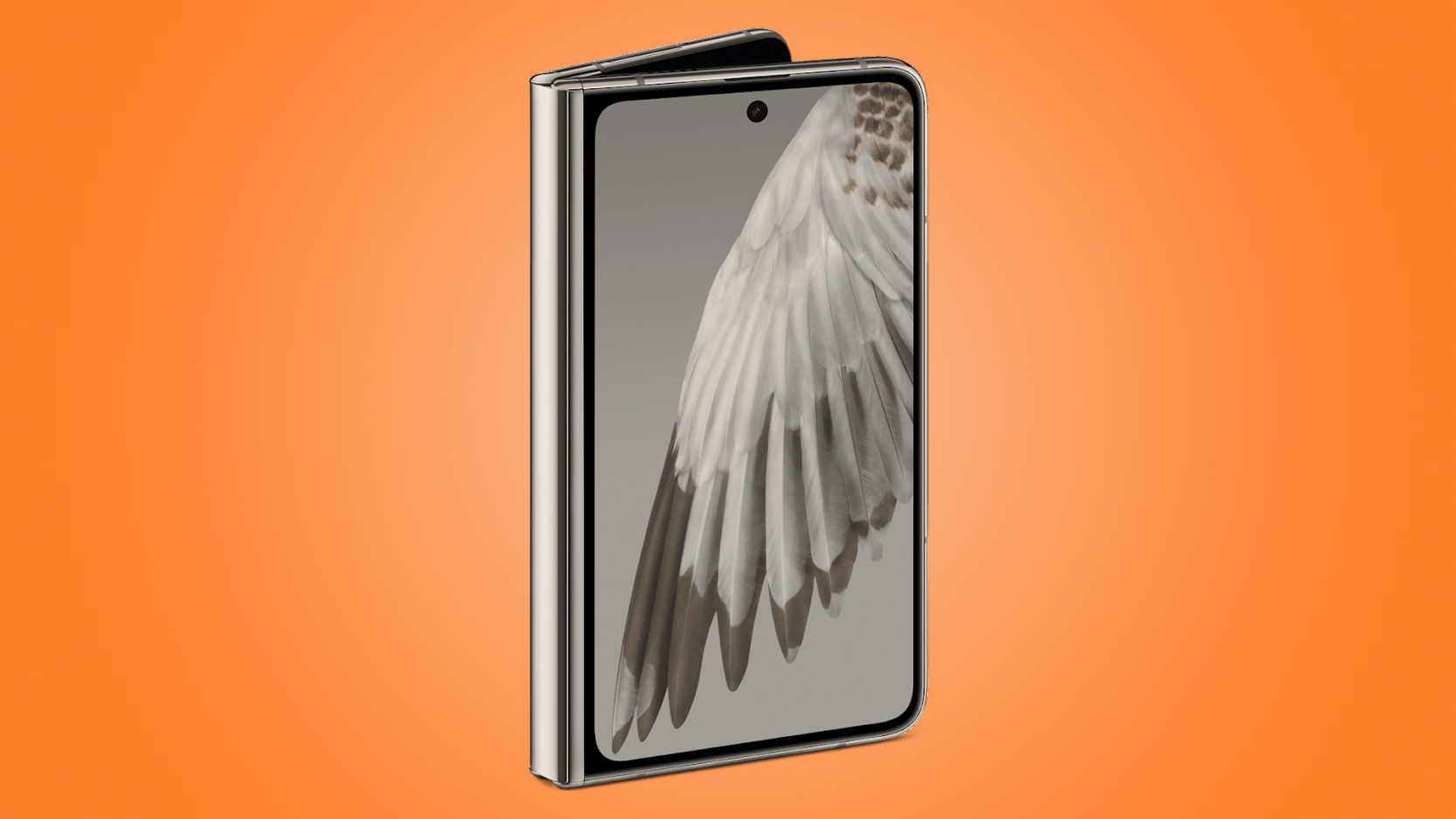
The Google Pixel Fold is arguably the most high profile and exciting foldable phone release of 2023 so far. It’s Google’s debut foldable phone, but despite being the company’s first attempt it has some key advantages over the Samsung Galaxy Z Fold 4, and in fact – based on leaks and rumors about the Samsung Galaxy Z Fold 5 – might have that phone beat in a number of ways too.
So, with the Google Pixel Fold up for pre-order now, while the Samsung Galaxy Z Fold 5 probably won't be out until at least late July, and with the two phones likely to be similarly expensive, should you snap up Google’s foldable or are you better off waiting for Samsung?
Only you can decide that, but to help with your decision, we’ve highlighted the key advantages each foldable is likely to have over the other. In the case of the Pixel Fold, this is based on confirmed specs and impressions from our hands-on Google Pixel Fold review, while in the case of the Samsung Galaxy Z Fold 5, we’re going based on rumors and past form.
The Pixel Fold is available sooner
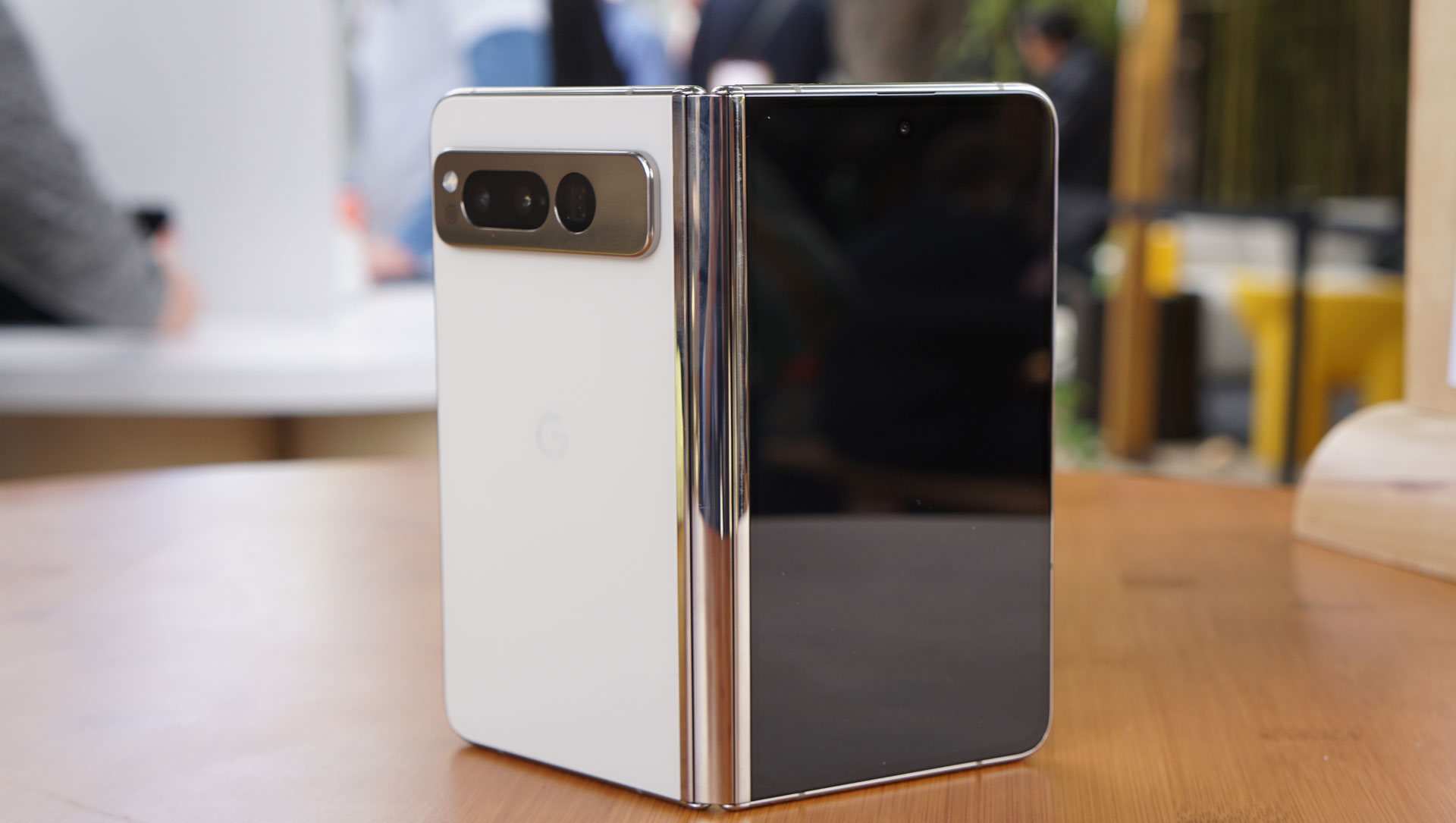
The Google Pixel Fold is available to pre-order now, and while it won’t ship until June 27, that’s still around a month earlier than the rumored July 26 announcement date of the Samsung Galaxy Z Fold 5 – and around a month and a half earlier than the rumored August 11 shipping date of the Fold 5.
So, if time is of the essence, then the Pixel Fold is worth grabbing, because you’ll probably be waiting a little while longer for Samsung’s next foldable flagship.
The Samsung Galaxy Z Fold 5 will almost certainly be more powerful
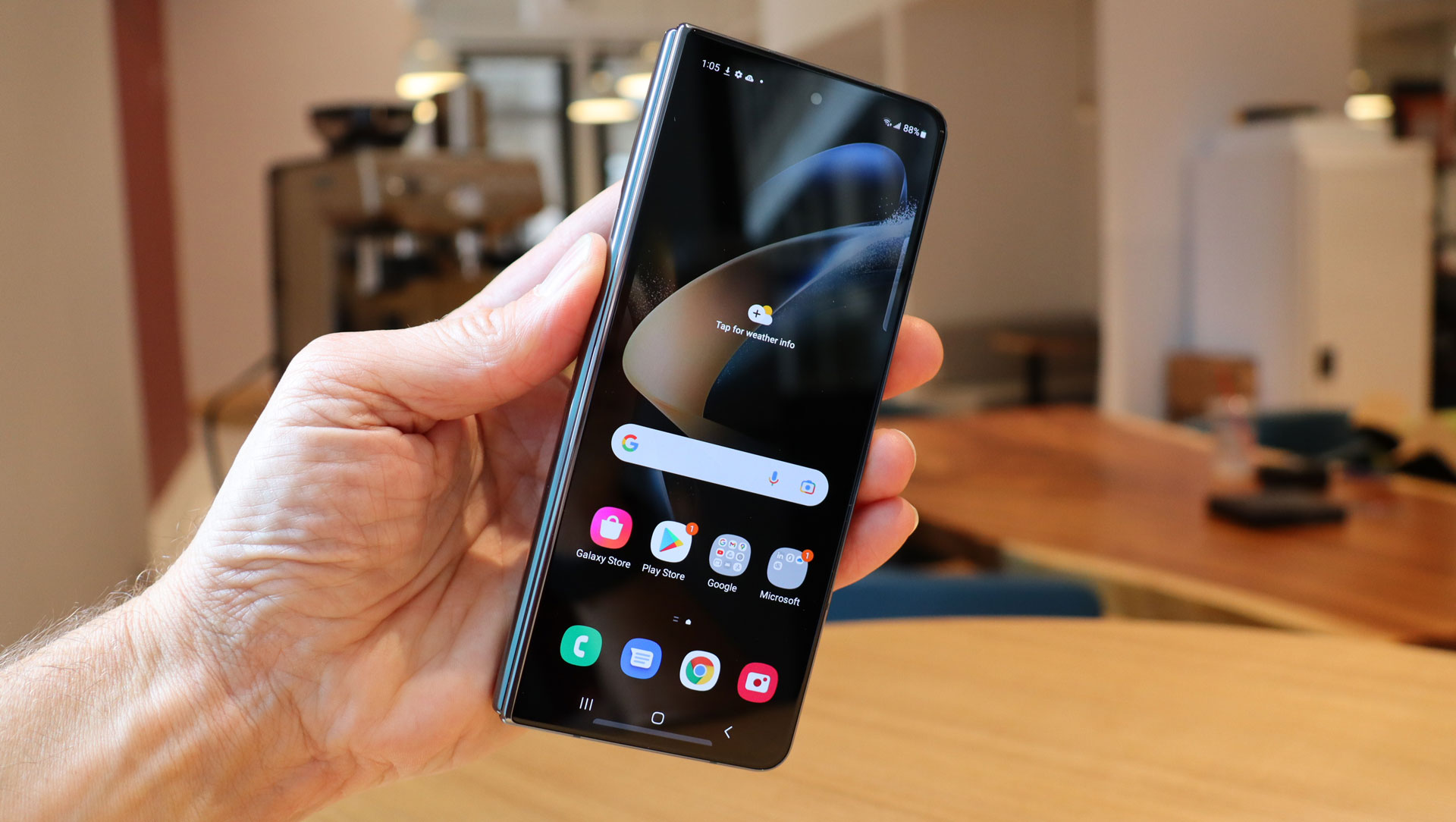
Google has never really aimed to make its phones the most powerful, and the Pixel Fold is no exception. This uses a Tensor G2 chipset, which you’ll also find in the Pixel 7a, Pixel 7 and Pixel 7 Pro.
So it’s not an especially new chipset – given that those phones launched in October of 2022. It’s not especially old either, but even at launch it wasn’t the top chipset available, in terms of horsepower. In fact, the Snapdragon 8 Plus Gen 1 SoC found in the Samsung Galaxy Z Fold 4 is actually slightly more powerful, going by benchmarks.
Get daily insight, inspiration and deals in your inbox
Sign up for breaking news, reviews, opinion, top tech deals, and more.
The Snapdragon 8 Gen 2 that we’re expecting to see in the Samsung Galaxy Z Fold 5 is significantly more powerful, especially as the Z Fold 5 is sure to get the Samsung-exclusive ‘for Galaxy’ version seen in the likes of the Samsung Galaxy S23, which is slightly faster still.
That said, during our hands-on with the Pixel Fold, we found the phone “nicely responsive”; so most users may not find they need the extra power Samsung’s equivalent will likely offer.
The Pixel Fold likely has a wider, more useable cover display
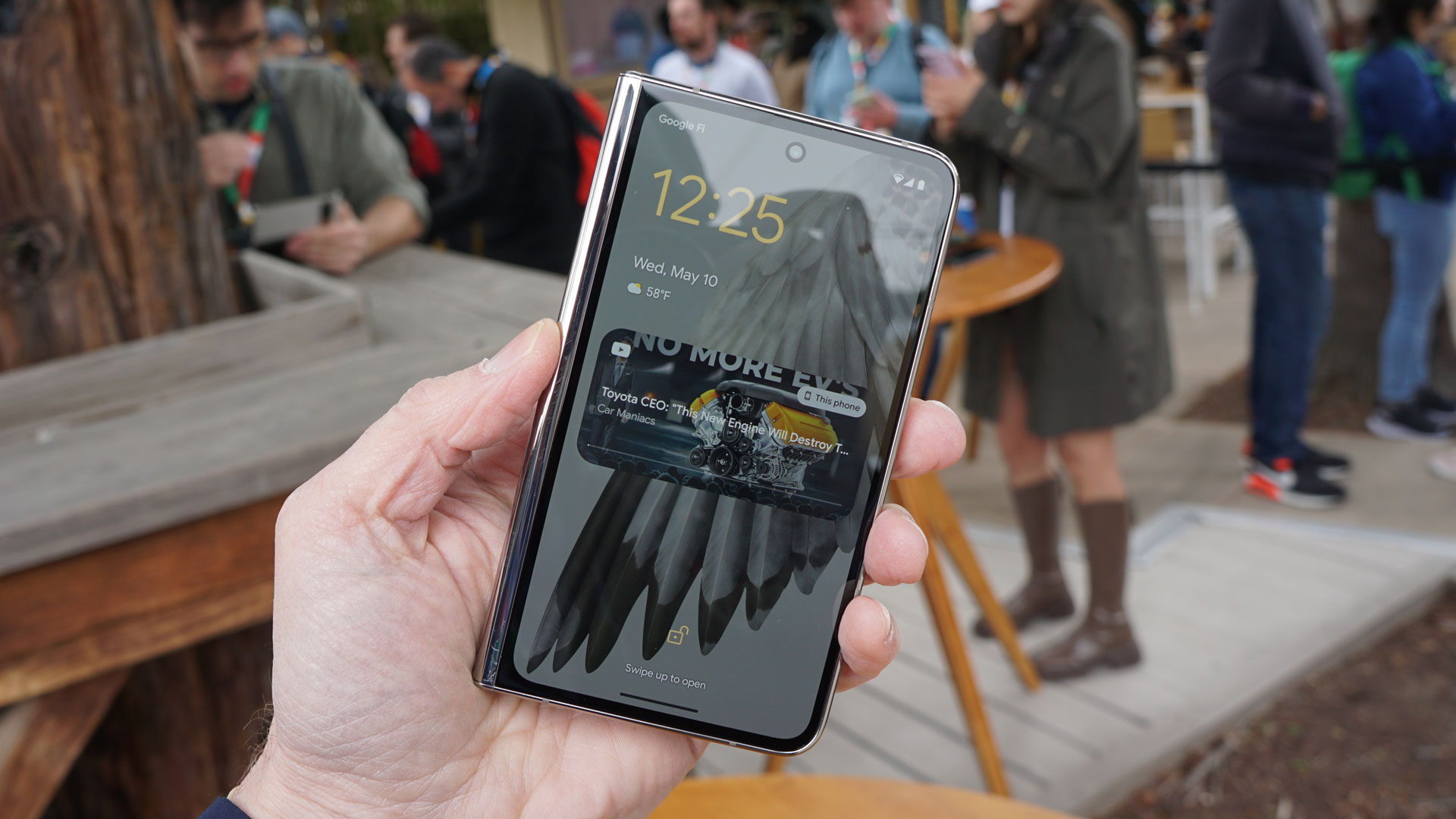
One of the weakest aspects of the Samsung Galaxy Z Fold 4 is its cover screen. It’s a reasonable size – at 6.2 inches. In fact, it’s bigger than the Pixel Fold’s 5.8-inch display, but it’s also very tall and narrow with its unorthodox 23.1:9 aspect ratio, which makes things feel a bit cramped, and less useable than the display on a conventional smartphone.
Leaks suggest that the Galaxy Z Fold 5 might have the same issue as its predecessor in this regard, whereas the Pixel Fold has a wider 17.5:9 cover screen, which feels a lot more like using a typical smartphone and is better suit to media consumption and the like.
The Galaxy Z Fold 5 will probably have smaller bezels
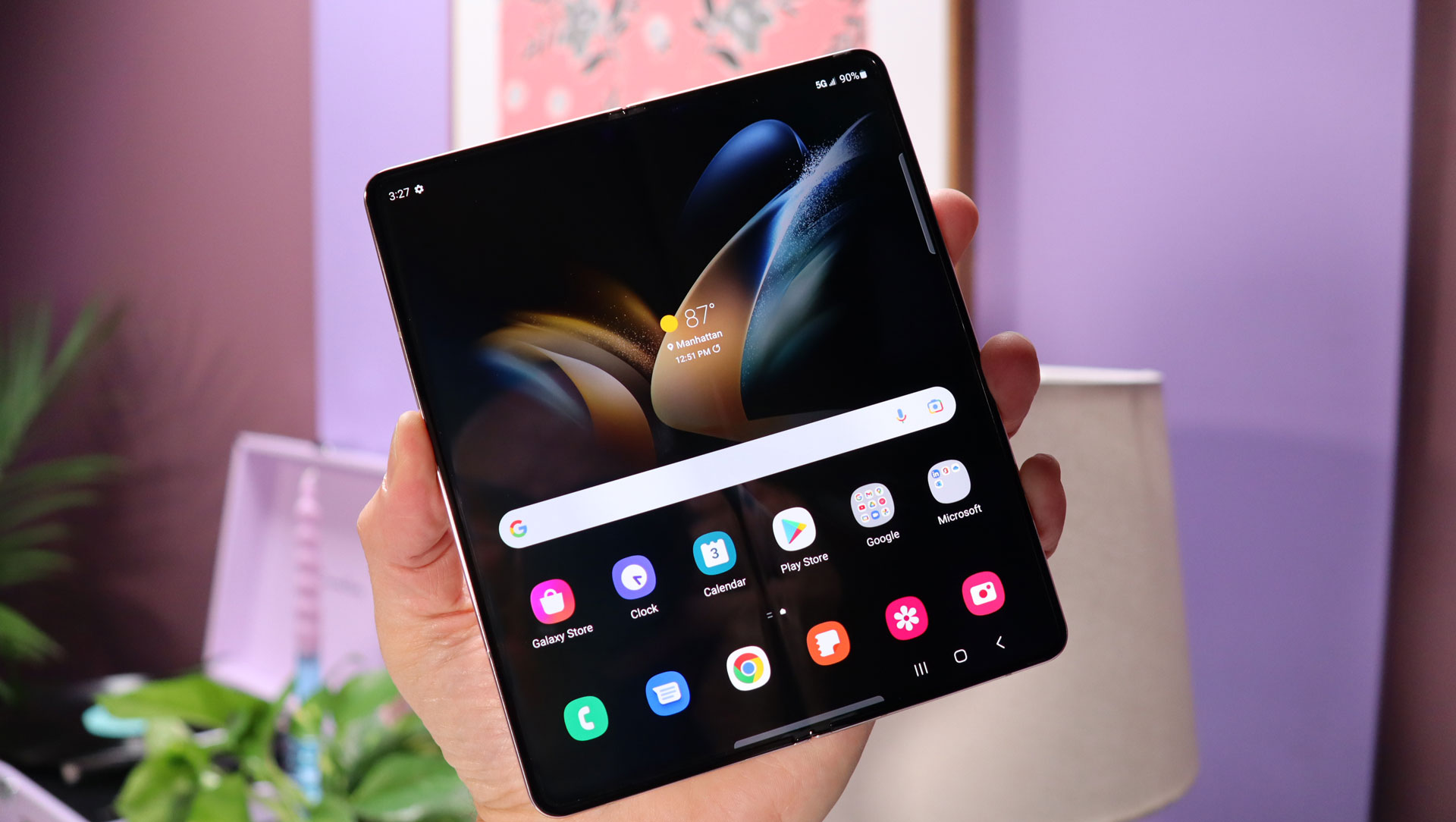
While the cover screen on the Pixel Fold might be better, the main foldable display on the Galaxy Z Fold 5 could have the edge – or at least its bezels could, because the bezels around the Pixel Fold’s main display are distractingly large.
They’re much larger than the bezels on the Samsung Galaxy Z Fold 4, so almost certainly also bigger than those on the Galaxy Z Fold 5.
The Pixel Fold might have better cameras
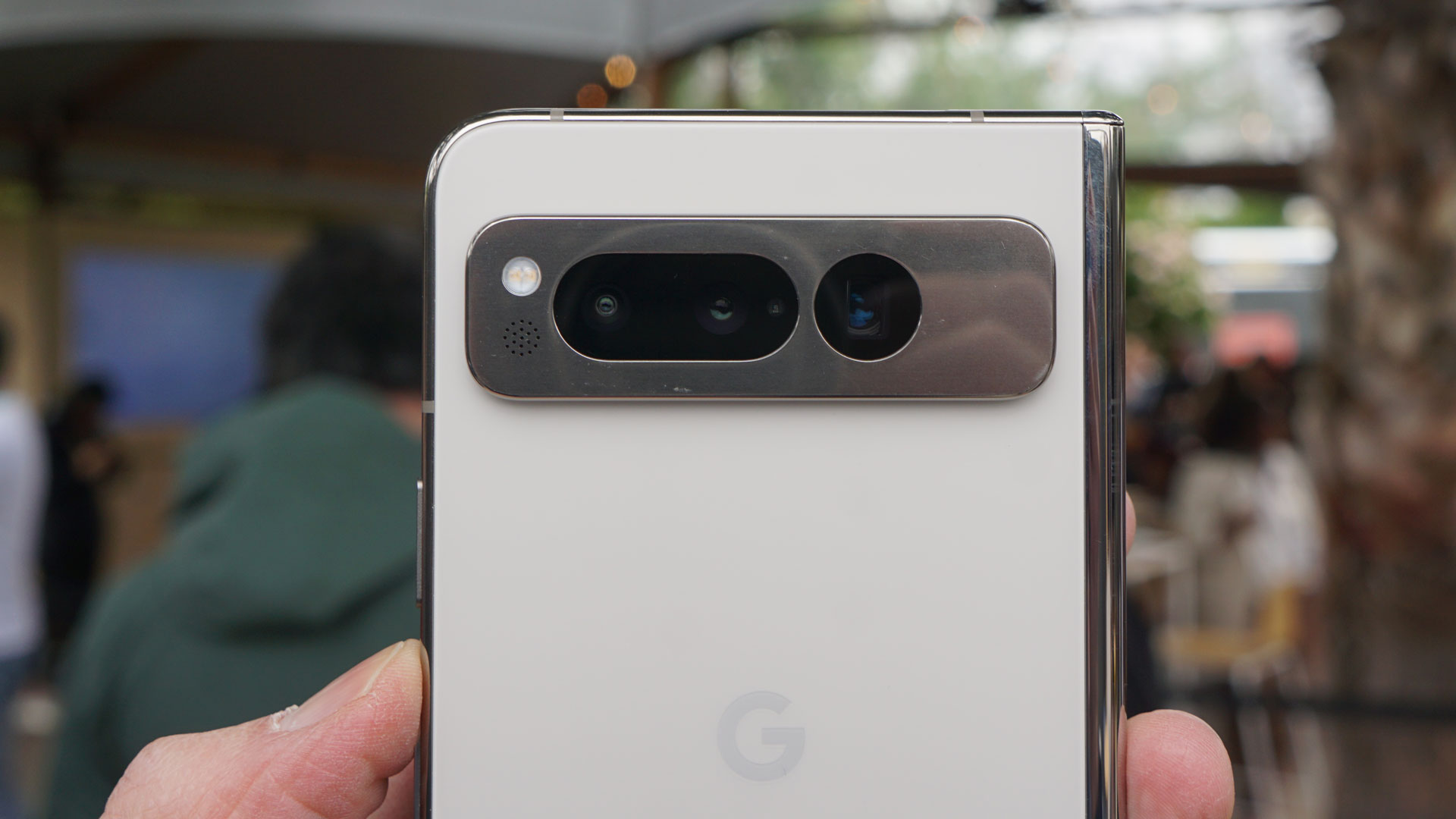
The triple-lens rear camera on the Samsung Galaxy Z Fold 4 is actually pretty good, but leaks suggest that not much will be changing for the Z Fold 5. We might see some new sensors used, but will probably still get a 50MP main, 12MP ultra-wide, and 10MP telephoto camera; the last of which will likely sport 3x optical zoom.
The Google Pixel Fold on the other hand has a 48MP main, 10.8MP ultra-wide, and 10.8MP telephoto camera. Similar specs on paper then, but it can zoom further, with 5x optical magnification offered.
Plus, in our hands-on review, we were impressed with all the cameras the Pixel Fold had to offer, which bodes well. Google tends to deliver impressive photographic results, so don’t be surprised if the Pixel has Samsung beat here.
The Samsung Galaxy Z Fold 5 could have more storage
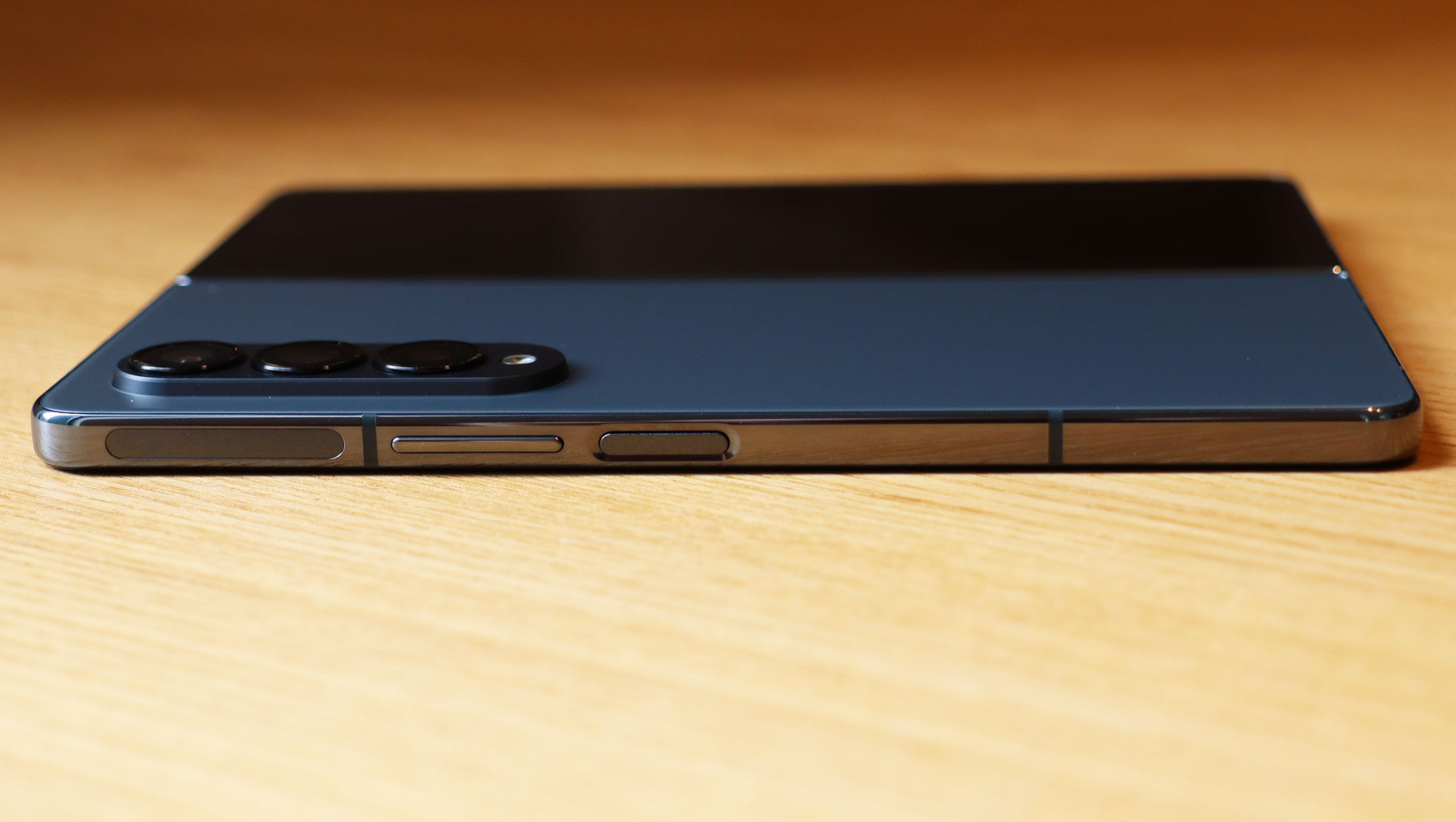
If you really need all the storage you can get, then the Samsung Galaxy Z Fold 5 will likely be the best option of these two phones, as it will probably match the Galaxy Z Fold 4 in having up to 1TB of storage built in.
The Google Pixel Fold on the other hand tops out at 512GB, so only half as much. Still, for most people 512GB should be more than enough, even if the larger capacity model sold out in the US, just days after it was first made available.
The Pixel Fold likely looks more like a conventional smartphone
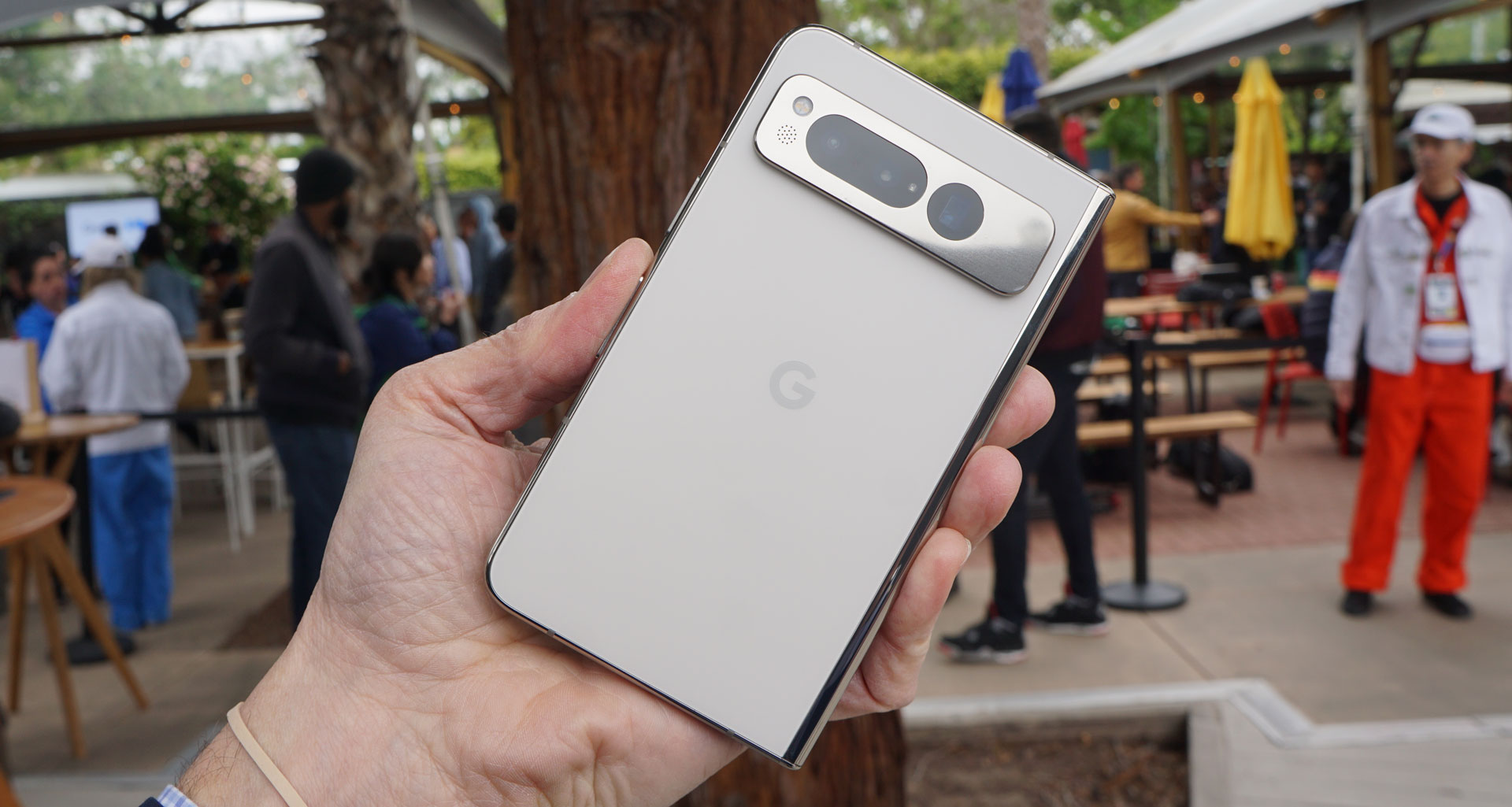
Not only does the Pixel Fold have a cover screen that’s shaped more like a typical smartphone’s display than we’re expecting from the Galaxy Z Fold 5, but the whole thing also actually looks more like a normal smartphone than Samsung's is expected to.
That’s helped by it being the thinnest foldable phone available, at just 5.8mm thick when unfolded, and 12.1mm thick when folded shut.
The latter of those still leaves it thicker than your average non-foldable phone, but not by as much as other foldables. So that – coupled with a more smartphone-like shape and similar design details to the Pixel 7 Pro – means this will likely fulfil the phone part of the phone/tablet combination offered by foldables better than Samsung’s rival.
James is a freelance phones, tablets and wearables writer and sub-editor at TechRadar. He has a love for everything ‘smart’, from watches to lights, and can often be found arguing with AI assistants or drowning in the latest apps. James also contributes to 3G.co.uk, 4G.co.uk and 5G.co.uk and has written for T3, Digital Camera World, Clarity Media and others, with work on the web, in print and on TV.